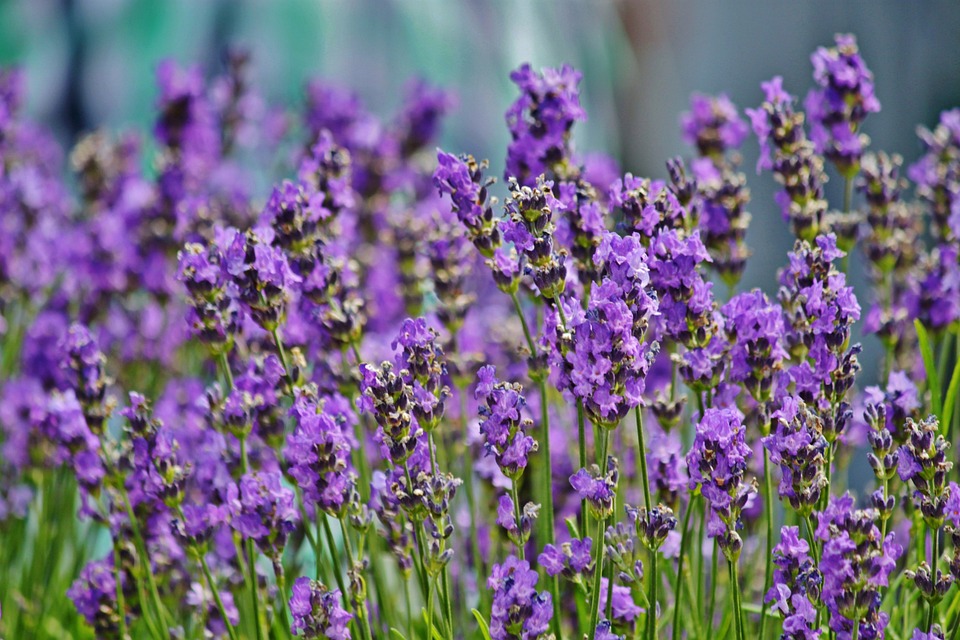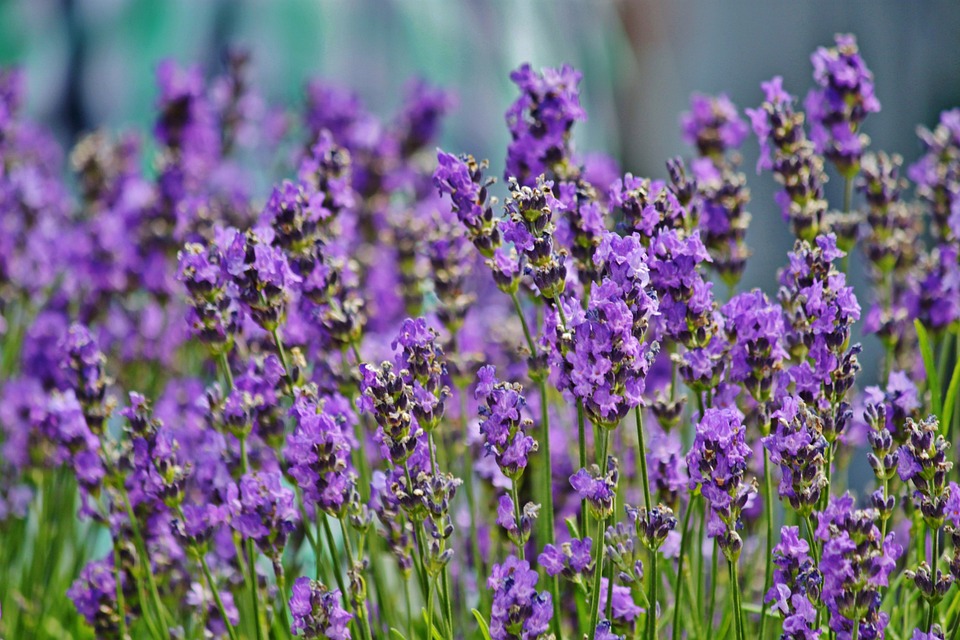In the rugged landscapes of Indonesia’s Lesser Sunda Islands, a formidable predator reigns supreme.
The Komodo dragon (Varanus komodoensis), the largest lizard on Earth, is both a marvel of evolution and a masterful hunter.
Their hunting techniques are a blend of brute strength, stealth, and biological adaptations that make them one of the most efficient predators in the animal kingdom.
This article explores the deadly beauty of the Komodo dragon’s hunting strategies, examining their physical attributes, sensory capabilities, predatory behaviors, and the ecological impact of their predation.
I. Introduction: The Apex Predator of Indonesia

The Komodo dragon, an iconic symbol of the Indonesian archipelago, has fascinated scientists and adventurers for decades.
Growing up to 10 feet in length and weighing as much as 150 pounds, these reptiles are equipped with an arsenal of hunting tools that ensure their position at the top of the food chain.
Despite their size, Komodo dragons are stealthy and efficient hunters, capable of taking down prey much larger than themselves.
II. Physical Attributes: Built for the Hunt

A. Size and Strength
Komodo dragons are equipped with powerful limbs and a robust, muscular body.
This physical strength allows them to overpower prey and endure long, energy-consuming pursuits.
Their sharp claws are essential for gripping and holding onto prey, while their long, muscular tail can be used as a weapon to knock down or stun victims.
B. Teeth and Jaw Structure
The Komodo dragon’s teeth are serrated and recurved, designed to slice through flesh and cause severe lacerations.
They can deliver a powerful bite, and their jaw muscles provide the force needed to crush bones and tear apart flesh.
The placement of their teeth and the flexibility of their jaws allow them to consume large chunks of meat and swallow them whole.
C. Venomous Bite
One of the most remarkable adaptations of the Komodo dragon is its venomous bite.
Unlike snakes that inject venom through hollow fangs, Komodo dragons have venom glands located in their lower jaw.
The venom contains anticoagulants and toxins that prevent blood clotting, cause pain, and induce shock.
This biological weapon ensures that even if prey escapes initially, it will likely succumb to the effects of the venom soon after.
III. Sensory Capabilities: Detecting Prey
A. Olfactory Sense
Komodo dragons possess a highly developed sense of smell, which they use to locate prey.
Their forked tongue flicks in and out, collecting scent particles from the air and delivering them to the Jacobson’s organ on the roof of their mouth.
This sensory adaptation allows them to detect the scent of carrion from distances as far as 2.5 miles away.
B. Vision and Hearing
While their sense of smell is paramount, Komodo dragons also rely on their keen vision and hearing to hunt.
Their eyes are adapted to detect movement and differentiate between colors, although they are less effective in low light conditions.
Their hearing, while not as acute as their other senses, can pick up on the rustling of potential prey in the dense underbrush.
IV. Hunting Techniques: Strategies of an Apex Predator
A. Ambush Predation
Komodo dragons are primarily ambush predators, relying on stealth and surprise to capture their prey.
They often lie in wait along game trails, water sources, and other areas frequented by potential prey.
When an unsuspecting animal comes within range, the dragon launches a swift and powerful attack, aiming to deliver a debilitating bite.
B. Persistence Hunting
In addition to ambush tactics, Komodo dragons can engage in persistence hunting, where they track and follow their prey over long distances.
This method relies on their endurance and the debilitating effects of their venomous bite.
Even if the initial attack does not kill the prey, the dragon’s relentless pursuit combined with the effects of the venom ensures eventual capture.
C. Scavenging and Opportunistic Feeding
Komodo dragons are not picky eaters and will scavenge on carrion when the opportunity arises.
Their keen sense of smell often leads them to carcasses left by other predators or those that have died from natural causes.
This opportunistic feeding behavior ensures they maximize their energy intake and reduces the need for energy-expensive hunting.
V. Prey Selection: Targeting the Vulnerable
A. Preferred Prey
Komodo dragons have a diverse diet that includes large mammals such as deer, wild boar, and water buffalo.
They also consume smaller animals, birds, and even other reptiles.
Juvenile dragons, which are more vulnerable to predation themselves, tend to feed on insects, small mammals, and carrion until they grow larger and can tackle more substantial prey.
B. Vulnerability and Selection
When hunting, Komodo dragons often target the young, old, or sick individuals within a herd.
These prey are easier to capture and less likely to put up a strong defense.
By focusing on vulnerable targets, Komodo dragons increase their hunting success rate and reduce the risk of injury during the hunt.
VI. Hunting in Social Context: Group Dynamics
A. Solitary Hunters
Komodo dragons are generally solitary animals, each maintaining a territory that they patrol and defend.
Most hunting is done alone, with the dragon relying on its own skills and adaptations to capture prey.
B. Feeding Aggregations
Despite their solitary nature, Komodo dragons will come together in large numbers to feed on a single large carcass.
These feeding aggregations are often characterized by a strict hierarchy, with larger, more dominant dragons feeding first and smaller individuals waiting their turn.
This social dynamic ensures that the most powerful individuals get the lion’s share of the meal, while also allowing younger dragons to benefit from the availability of food.
VII. Ecological Impact: Shaping the Ecosystem
A. Predator-Prey Dynamics
As apex predators, Komodo dragons play a critical role in regulating the populations of their prey species.
By controlling the numbers of herbivores such as deer and wild boar, they indirectly influence vegetation patterns and the overall health of their ecosystem.
This top-down regulation helps maintain biodiversity and ecological balance.
B. Scavenging and Decomposition
Komodo dragons’ scavenging behavior also contributes to the ecosystem by aiding in the decomposition process.
By consuming carrion, they help recycle nutrients back into the soil, promoting plant growth and supporting the overall productivity of their habitat.
VIII. Conservation Challenges: Ensuring Survival
A. Habitat Loss and Human Encroachment
The primary threat to Komodo dragons is habitat loss due to human activities such as deforestation, agricultural expansion, and infrastructure development.
As their natural habitat shrinks, these reptiles are forced into smaller areas, increasing the likelihood of human-wildlife conflict.
B. Climate Change
Climate change poses a significant threat to Komodo dragons by altering their habitat and affecting the availability of prey.
Rising temperatures and changing weather patterns can disrupt the delicate balance of their ecosystem, making it more challenging for them to find food and suitable nesting sites.
C. Conservation Initiatives
Efforts to protect Komodo dragons include habitat preservation, anti-poaching measures, and community engagement.
Komodo National Park, established in 1980, provides a protected sanctuary for these reptiles.
Conservation programs also focus on raising awareness and educating local communities about the importance of preserving this iconic species.
IX. Scientific Research: Unraveling the Mysteries
A. Behavioral Studies
Ongoing research into the behavior of Komodo dragons provides valuable insights into their hunting strategies, social interactions, and reproductive habits.
These studies help inform conservation efforts and improve our understanding of their ecological role.
B. Genetic Research
Genetic studies are crucial for understanding the diversity within Komodo dragon populations.
This information is essential for breeding programs and ensuring the long-term genetic health of the species.
X. Conclusion: The Deadly Beauty of Komodo Dragons
Komodo dragons, with their lethal combination of physical prowess, sensory adaptations, and hunting strategies, are a testament to the marvels of evolution.
Their ability to capture and kill prey with such efficiency and precision underscores their status as apex predators.
Despite the challenges they face in a rapidly changing world, Komodo dragons continue to captivate our imagination and inspire efforts to protect and conserve them.
In the wild, where survival is a constant battle, the Komodo dragon stands as a symbol of deadly beauty and ecological importance.
By understanding and preserving these magnificent creatures, we not only safeguard a unique species but also protect the intricate web of life that supports our planet’s biodiversity.
The future of Komodo dragons depends on our commitment to conservation and our respect for the natural world they so powerfully represent.






